Meet our CODE_n CONTEST Finalists 2016: FaunaPhotonics from Denmark
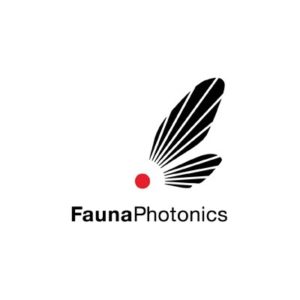
Our CODE_n Finalists FaunaPhotonics is planning to work in partnership with the crop science industry to offer seamless data integration between in-field sensors and the leading digital farming software platforms. This will enable crop science players to make advancements in data analytics. In this interview, CEO Frederik Taarnhøj lets us know how exactly this works and what it could mean for the agricultural market (- let’s just say right here – it could mean quite a lot)!
What is FaunaPhotonics all about? How did you come up with the idea?
Frederik:FaunaPhotonics is specialized in developing and providing laser devices in a new and exciting field. Our technology can perform real time spatial mapping of flying insects. For this we use a LIDAR, an instrument that emits a broad laser beam and detects the reflected light from insects, giving information about the size, behaviour or even color of the biological object. Accurate knowledge about the presence of pest insects in agriculture or disease vectors such as malaria mosquitoes is a key component in developing new and more sustainable strategies. Thus, we aim to quantify nature to ensure sustainable crop utilization and to improve tools for disease control and biodiversity for the benefit of mankind. We are working with partners in agriculture, malaria control and environmental monitoring to bring our new technique to market. The laser technology making this possible was invented by a creative researcher at Lund University in Sweden. FaunaPhotonics, which is based in Denmark is working hard to activate application of the LIDAR technology in high impact fields with very skilled employees joining our journey.
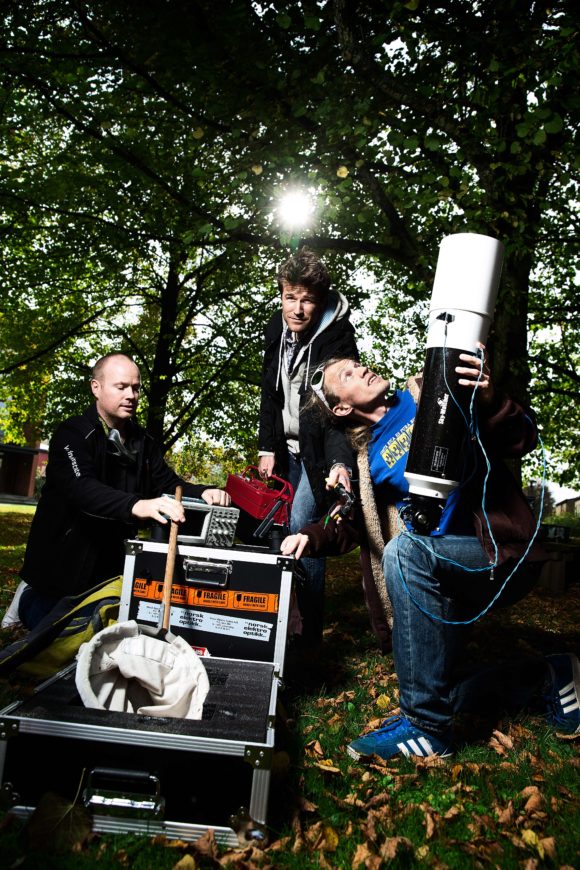
The FaunaPhotonics Founder Team
“Digital Disruption“ – that’s the motto of this year’s CODE_n CONTEST. What makes your solution innovative, what makes it disruptive?
Frederik: An important development in agriculture is building in-field sensor networks. A strong network of sensor providers are needed to build up data. Our sensor is part of the new developments within hyperlocal ground level monitoring stations. The digital component lies in the interface between translation of light collected by our sensor to bits and bytes – massive amounts of data that are analysed using proprietary algorithms. In an agricultural context our sensors are able to provide a new data layer for agronomic data analysis to improve insecticide application timing and volume. There is of course significant value in being a data company but there is certainly also high value in enabling efficient data collection. We think partnerships are a good way to improve quality of information provided to farmers and other stakeholders.
You’re one of the 13 finalists in the Photonics contest cluster. Which challenges do you think young companies have to face in this sector? How do you handle these challenges?
Frederik: Europe has very strong scientific research in photonics and is very active in translating key enabling inventions in this field into high growth technology companies. The sector is growing across the board and rapidly creating exciting jobs for highly trained professionals. We think this is exciting. Located in Europe, we see great candidates coming out of Universities that have strong interest in contributing to developing new solutions for existing and new markets. At the same time we see strong interest from investors in this space so it is a good time to be innovating and changing the status quo. Being a startup in this sector, I think it is important to find a unique niche, find the right spot in the value chain and enter into strong partnerships to ensure proper support and funding to bring these technologies forward.
You’re a Danish company and the way we understand it, there is a lot of damage done in the US and Chinese markets, to which your solution could counteract. You also state on your website that it can be used in malaria areas. In which countries are you currently seeking partnerships – where are you being active already?
Frederik: We are partnering with the agricultural sector to test and mature our technology in key markets in Europe and overseas. Further, we are currently engaged in active development efforts in Africa. As Denmark is innovating in many environmental areas, development cooperation and field experiments are also taking place locally.
Thanks for taking the time to talk to us, Frederik!


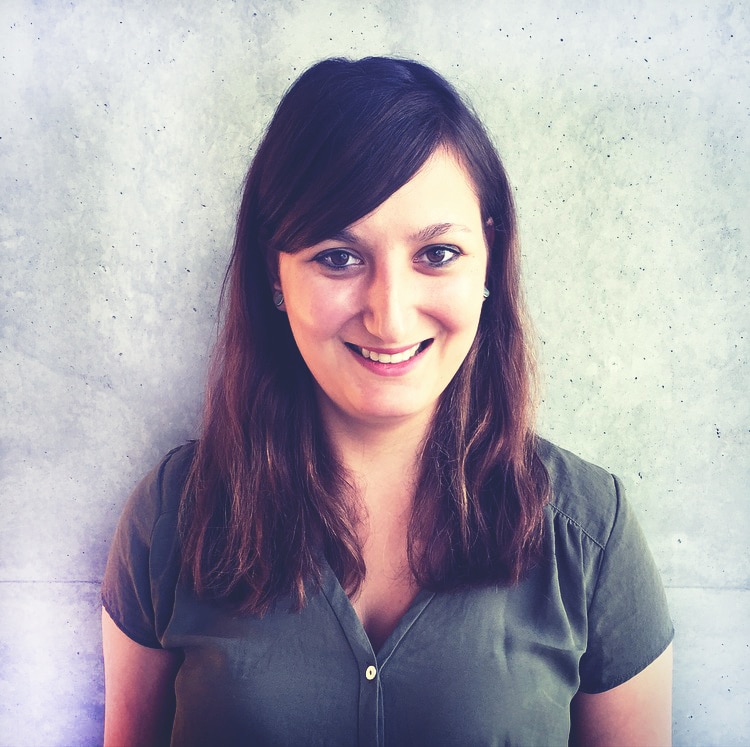

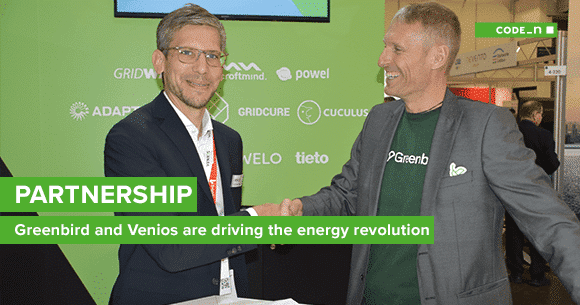
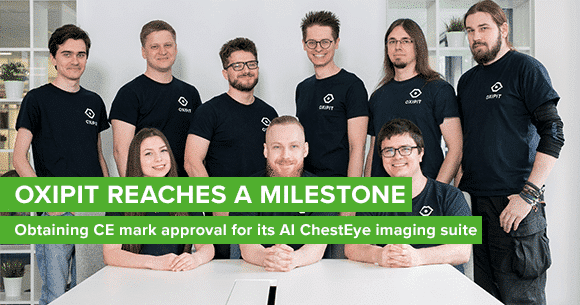
Write a comment